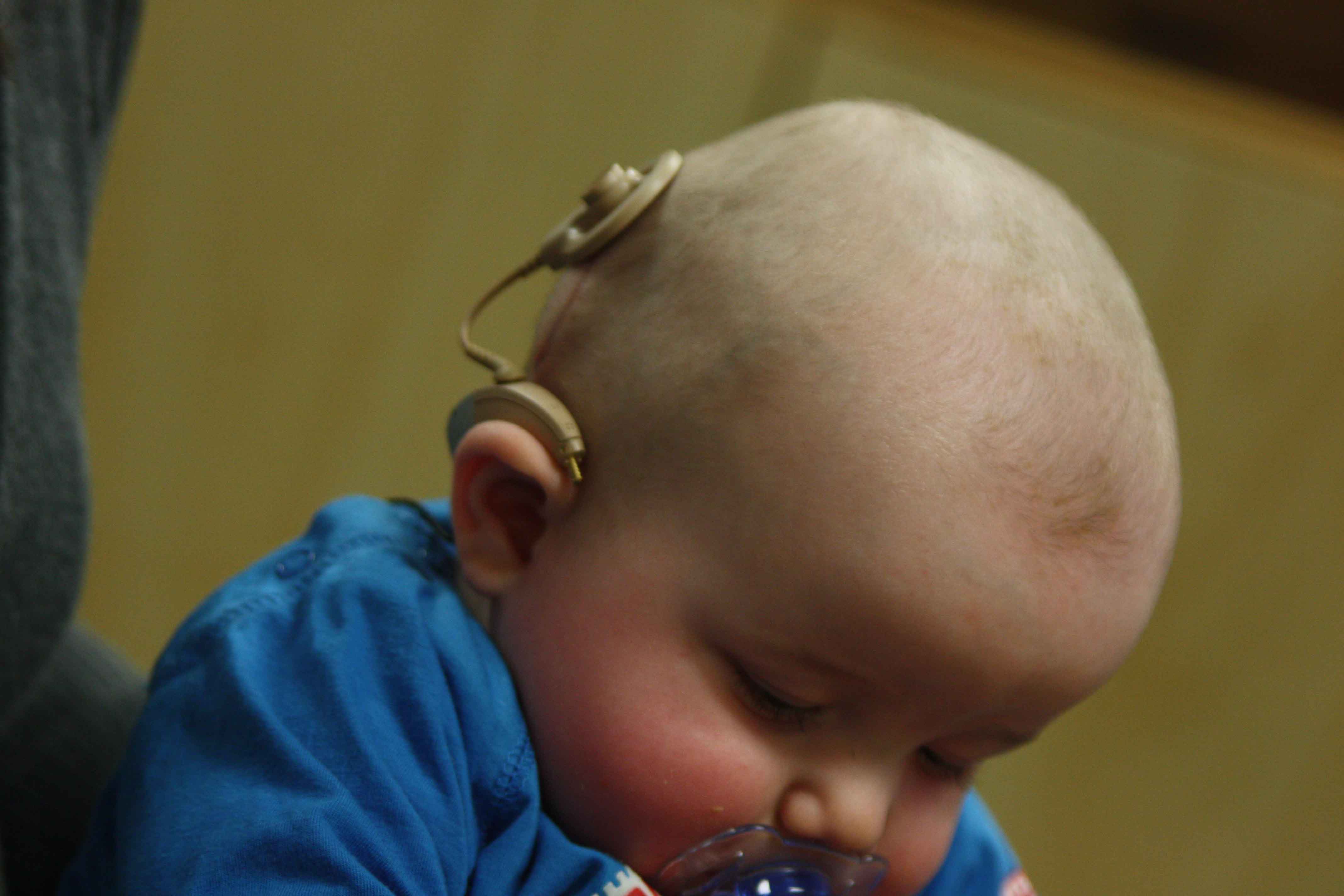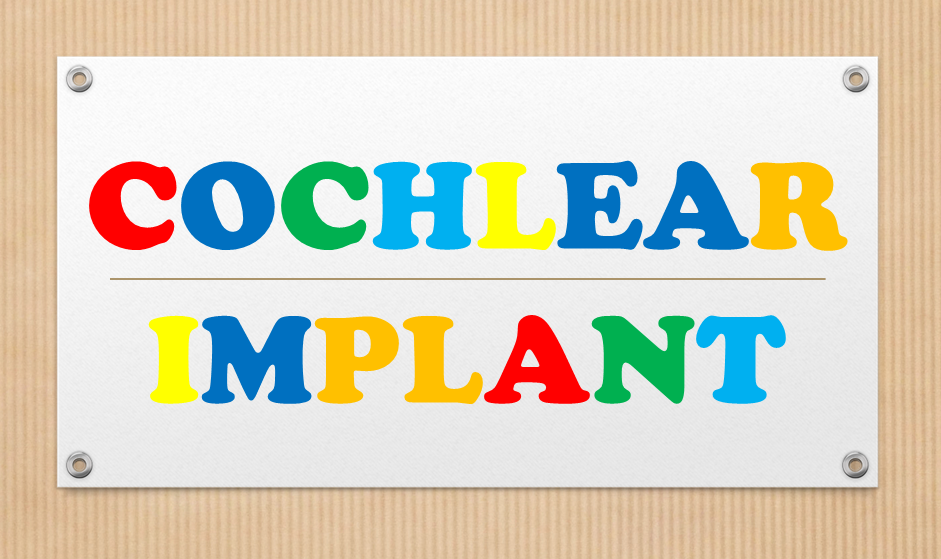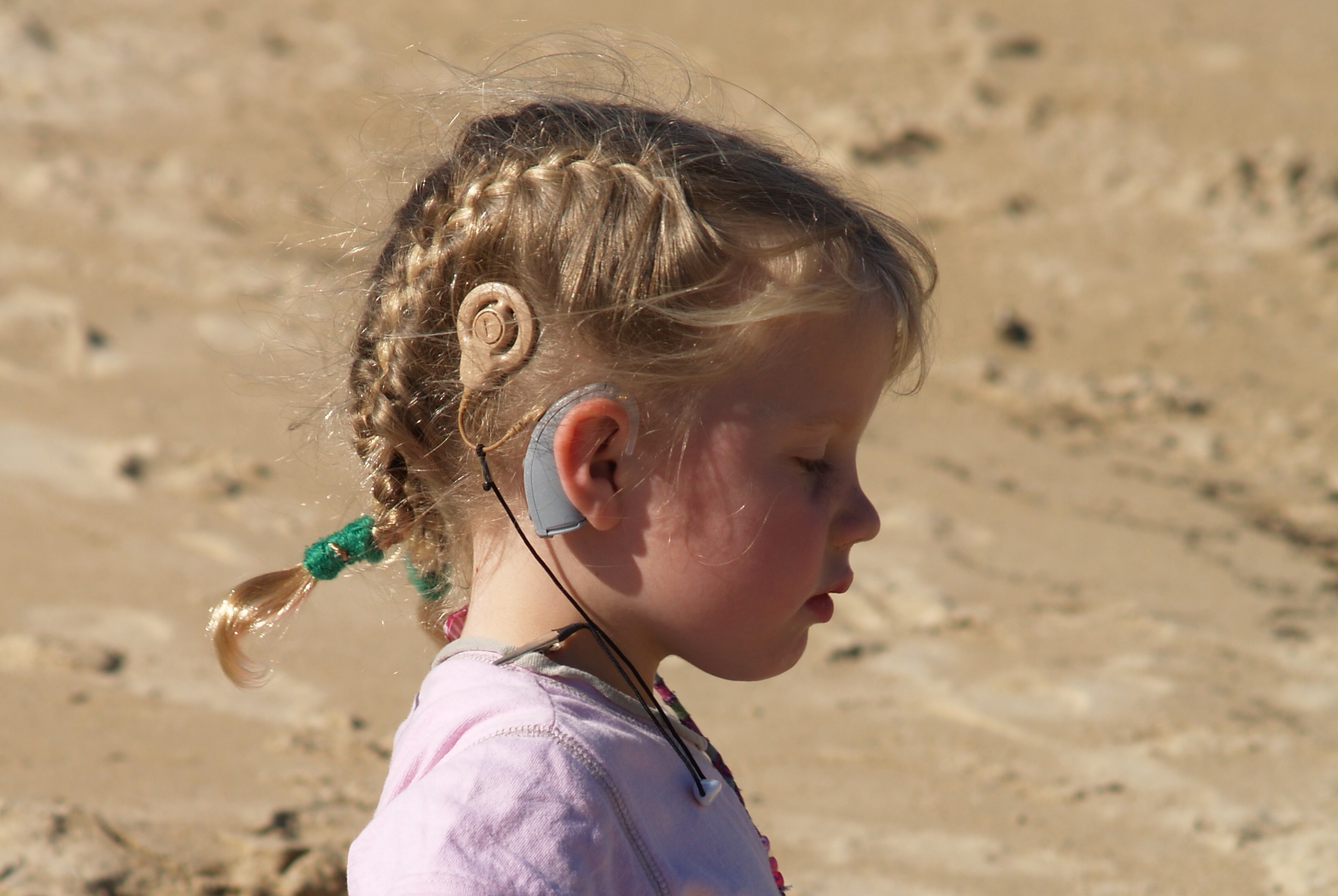See also: Articles on Music, Hearing Loss, and Hearing Devices
1, 2
This website currently focuses on adult cochlear implant users. Why?
-
Currently, there are more websites already available that focus on pediatric habilitation.
-
Adult CI users report that there are few websites available for adult CI users about music or improving music enjoyment.
-
Adult CI users report that they would like more free-access information about improving music enjoyment.
If your primary interest is pediatric CI use, contact your audiologist, or consider looking at any of the following web links:
Are there differences in the level of music enjoyment and participation between adult and child CI users?
-
Children have more brain plasticity than adults. This may make it easier for children than adults to 'organize' and understand patterns of notes through a CI.
-
A child who grew up listening to music through a CI doesn't know what music is "supposed" to sound like through a 'normal' ear. This can affect their attitudes about music because they have no prior expectations.
-
CI users who lost their hearing after many years of normal hearing sometimes use their past memories of music to help them make sense of sounds through an implant.
Selected book chapters and articles about music and pediatric CI users:
-
Gfeller, K. (2016). Music as communication and training for children with cochlear implants. In N.M. Young & K. Iler Kirk (Eds.), Pediatric cochlear implantation: Learning and the brain (pp. 313-326). Springer International Publishing. https://doi.org/10.1007/978-1-4939-2788-3_21
-
Gfeller, K. (2016). Music-based training for pediatric CI recipients: A systematic analysis of published studies. European Annals of Otorhinolaryngology, Head and Neck Diseases, 133, S50-S56. https://doi.org/10.1016/j.anorl.2016.01.010
-
Gfeller, K. E. (2016). Music therapy for children and adults who are deaf or hard of hearing. In J. Edwards (Ed.), The Oxford handbook of music therapy (pp. 225-248). Oxford University Press.
-
Gfeller, K. (2016, September). Sound play for preschoolers with cochlear implants. Imagine, 7(1), 68-70. https://issuu.com/ecmt_imagine/docs/imagine_7_1__2016/70
-
Gfeller, K. (2014). Musical enjoyment and cochlear implant recipients: Overcoming obstacles and harnessing capabilities. In AG Bell. http://www.listeningandspokenlanguage.org/MusicEnjoymentandCochlearImpla...
-
Gfeller, K., Driscoll, V., Kenworthy, M., & Voorst Van, T. (2011). Music therapy for preschool cochlear implant recipients. Music Therapy Perspectives, 29(1), 39-49. https://doi.org/10.1093/mtp/29.1.39
-
Hsiao, F., & Gfeller, K. (2012). Music perception of cochlear implant recipients with implications for music instruction: A review of the literature. Update: Applications of Research in Music Education, 30(2), 5-10. https://doi.org/10.1177/8755123312437050
-
Hsiao, F. L., & Gfeller, K. (2011). How we do it: Adaptation of music instruction for pediatric cochlear implant recipients. Cochlear Implants International, 12(4), 205-208. https://doi.org/10.1179/1754762810Y.0000000002
Click here to review references used in preparation of this website.
1. All images on this website are used under Creative Commons or other licenses or have been created by the website developers.
2. Click here to access the sources of images on this page.


